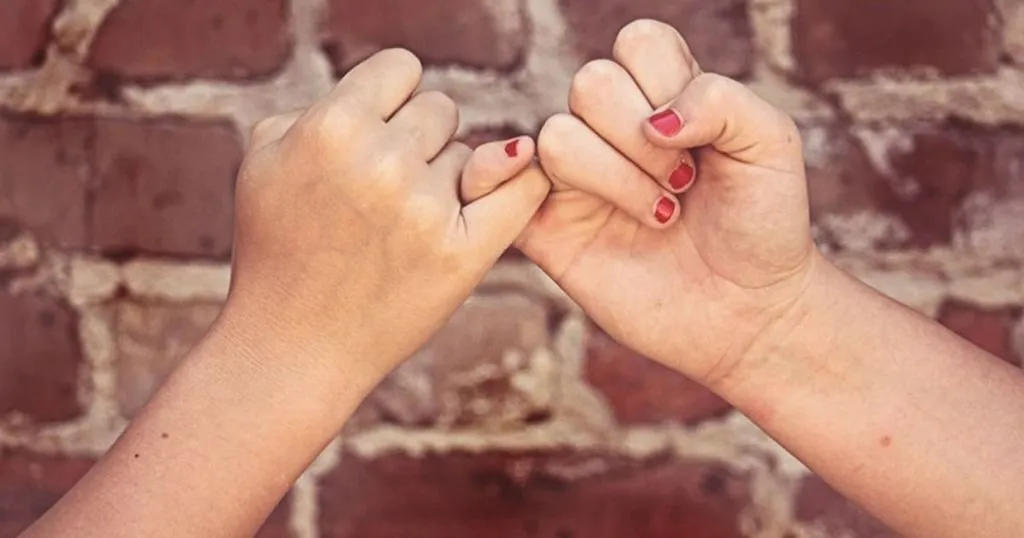Do your emotions and moods change as you get older?
Are emotions affected differently for younger than for older people? Researchers used FaceReader to complement self-assessments and objectify mood changes to answer this question.
Posted by
Published on
Thu 19 Aug. 2021
Topics
| Emotions | FaceReader | Facial Expression Analysis | Measure Emotions | The Observer XT |

All kinds of things affect in what kind of mood we are. For example, the situation of having diner and discovering new dishes that surprise you. Or, when you’re asked to give a presentation to many important people for the first time - which scares you - makes you nervous. Our mood can also be influenced by certain circumstances, such as a bad night’s sleep, being in a new and unfamiliar place, or facing a lockdown due to the COVID-19 pandemic.
Our mood is what one feels inside, whether pleasant or unpleasant. The factors that influence our mood are personal. Everyone is sensitive to certain factors in their own way. The same circumstances can affect other people differently. What is great for one person can be terrible for another.
Are emotions affected differently for younger than for older people?
Listening to music or watching a movie induces or intensifies mood states as well. Researchers wondered what the difference would be between young and old persons. Would the mood induction be more intense in older than in younger persons? Or are older persons perhaps better able to regulate their emotions?
The research group of Zempelin and Sejunaite of the Ulm University in Germany exposed 29 young participants (age 24.4 ± 2.3) and 28 old participants (age 69.2 ± 7.4) to film segments to induce four basic emotions: anger, disgust, happiness, and sadness.
A second goal of the experimental study was to find out how the information of subjective mood corresponds to analysis of mood using automated analysis of facial expressions.
FREE WHITE PAPER: FaceReader methodology
Download the free FaceReader methodology note to learn more about facial expression analysis theory.
- How FaceReader works
- More about the calibration
- Insight in quality of analysis & output
Objectifying mood induction
Four movie sequences were selected to present to the participants in a randomized order. Each to elicit another basic emotion:
- When Harry met Sally to target the emotion happiness
- Dangerous Minds to target the emotion sadness
- Schindler’s List to target the emotion anger
- Trainspotting to target the emotion disgust
During the session, the participant watched the movies on a screen while a camera recorded their faces to enable analysis of facial expressions using FaceReader™. Using this automated software tool ensured that the success of mood induction could be objectified.
To assess the subjective mood on the other hand, participants were asked to complete three questionnaires:
- Actual Mood State (AMS): to evaluate their current emotional state for each of the four emotions as well as for arousal, before and after each video.
- Berkeley Expressivity Questionnaire (BEQ): to assess negative expressivity, positive expressivity, and impulse strength.
Rating statements such as ‘I sometimes cry during sad movies’ and ‘I've learned it is better to suppress my anger than to show it’. - Short Suggestibility Scale (SSS): to assess one’s susceptibility to accept and internalize external influences uncritically.
Rating statements such as ‘I am easily influenced by other people’s opinions’ and ‘I question what I see on the news’.
What brings emotion into being?
Stimulus Presentation tool E-prime was used to present the scripts and videos to the participants. FaceReader was used to analyse the captured videos of the participants’ faces. The collected data from the experimental script and the camera was synchronized using The Observer XT.
FREE TRIAL: Try The Observer XT yourself!
Request a free trial and see for yourself how easy behavioral research can be!
- Work faster
- Reduce costs
- Get better data
Analysis showed no effect of age on induction of any of the target emotions. Only for the target emotion sad the research team observed a difference between young and old faces, which might have been the result of ‘smile wrinkles’ that prevented the classification sad.
Furthermore, the researchers found that pre-exposure mood was to be associated with post-induction success for disgust and sadness. The association between pre-exposure facial expression of mood state and post-exposure intensity of facial expression was much more clear-cut for all emotions. This confirms the hypothesis that the emotional facial action modulates the subjective experience of emotion.
Download here the FREE white paper 'Facial Action Coding System (FACS)'
FaceReader supports objective perception of emotions
The researchers concluded that regardless of age, mood induction is successful using film clips targeting these emotions. Analysis of facial expression complements self-assessment of mood and may serve as a means of objectification of mood change in both young and old persons.
Reference
Zempelin, S.; Sejunaite, K.; Lanza, C. & Riepe, M.W. (2021). Emotion induction in young and old persons on watching movie segments: Facial expressions reflect subjective ratings. PLoS ONE, 16(6): e0253378. https://doi.org/10.1371/journal.pone.0253378
Related Posts

STAY AT HOME!

World Cup success and emotions
